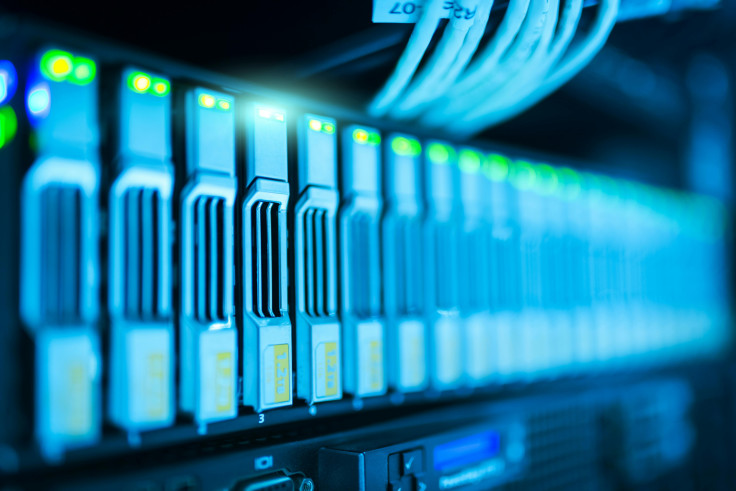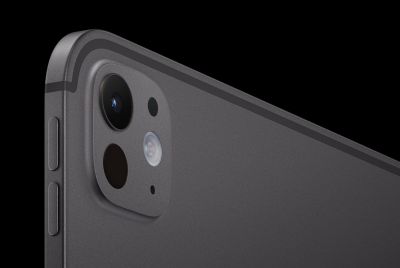Move Over WiFi: How This Indian Startup Brought LiFi To The Streets Of New York
Gujarat's Nav Wireless brings LiFi to New York, marking the first light-based internet network in the US.

Fibre optic WiFi has long been the fastest thing in the market but a new king of speed might have emerged. An Indian-based startup claims to have introduced New York City to America's first commercial LiFi system. This can potentially reshape how urban connectivity works and how fast data can be shared.
What is LiFi?
LiFi, short for Light Fidelity, transmits data using LED light instead of radio waves, unlike traditional WiFi. These LEDs flicker at speeds too fast for the human eye to detect, and those flickers encode the digital bits that become web pages, video streams, or social media messages. LiFi sits within the broader spectrum of optical wireless communication (OWC).
However, LiFi is still in its developmental stages in terms of mass deployment. Much of its potential is still theoretical, but the upside is massive. The light spectrum is far less congested than radio frequencies, promising higher data capacity and less interference.
A major issue is that the signal cannot pass through walls. This means devices must stay within illuminated zones or pick up reflected light. For now, LiFi is seen not as a WiFi replacement but as a complementary technology that is useful in areas with heavy radio congestion or where security is important, as the signal remains contained within a physical space.
The New York Experiment: India's Nav Wireless Steps In
The breakthrough in LiFi comes courtesy of Nav Wireless Technologies, which is headquartered in Gujarat, India. The company claims to have deployed America's first commercial LiFi network in New York City, at the Silicon Harlem office in collaboration with JESCO Venture Labs.
The launch was announced in October 2025, with Hardik Soni, the firm's CTO and co-founder, declaring: 'Launching LiFi in New York is not just a milestone for Nav Wireless, it is a proud moment for India. This is a clear signal that made-in-India innovations can redefine the world's digital future by offering faster, safer, and interference-free connectivity.'
He added: 'Through its US partner, JESCO Venture Labs, Nav Wireless will scale LiFi across America, bringing made-in-India technology to government agencies, defense establishments, hospitals, universities, airports, and financial institutions. The initiative also lays the groundwork for a 6G-ready optical wireless future.'
While the announcement is bold, public metrics like speed, latency or coverage from the New York deployment have not been disclosed as of this writing. Still the symbolic value is strong, positioning Nav Wireless as a bridge between Indian deep tech and global urban infrastructure.
Why LiFi Could Matter But Not Immediately
Bringing LiFi to urban public spaces remains aspirational. So what makes the New York deployment a big deal, and what hurdles lie ahead?
One reason is that the radio spectrum is under growing pressure. As devices proliferate and data demands rise, LiFi offers an underutilised route by turning light sources into communication nodes. In high density environments, this could reduce strain on WiFi and cellular systems.
Another big draw is security. Because LiFi signals are confined to lit areas, it is harder for someone to intercept the data from outside the room or street lights' zone of coverage. That could make it attractive for sensitive environments like hospitals or financial centres, where sensitive data can be contained in one unit space.
But the challenges cannot be ignored. Most devices do not yet come with built in LiFi receivers, so adoption depends on dongles or retrofitted hardware. Maintaining good connectivity while moving between light zones is technically complex. Moreover, upgrading or replacing lighting infrastructure adds cost and complexity. Finally, real-world performance may fall short of lab demos. Things like ambient light, reflections, obstruction, and user orientation all affect signal quality.
Until performance metrics from the New York deployment are published, it is difficult to assess the legitimacy of Nav Wireless's claims.
© Copyright IBTimes 2025. All rights reserved.



















